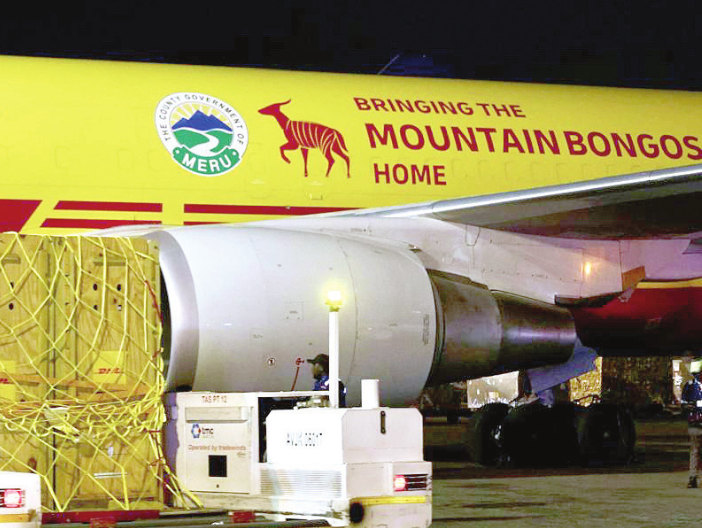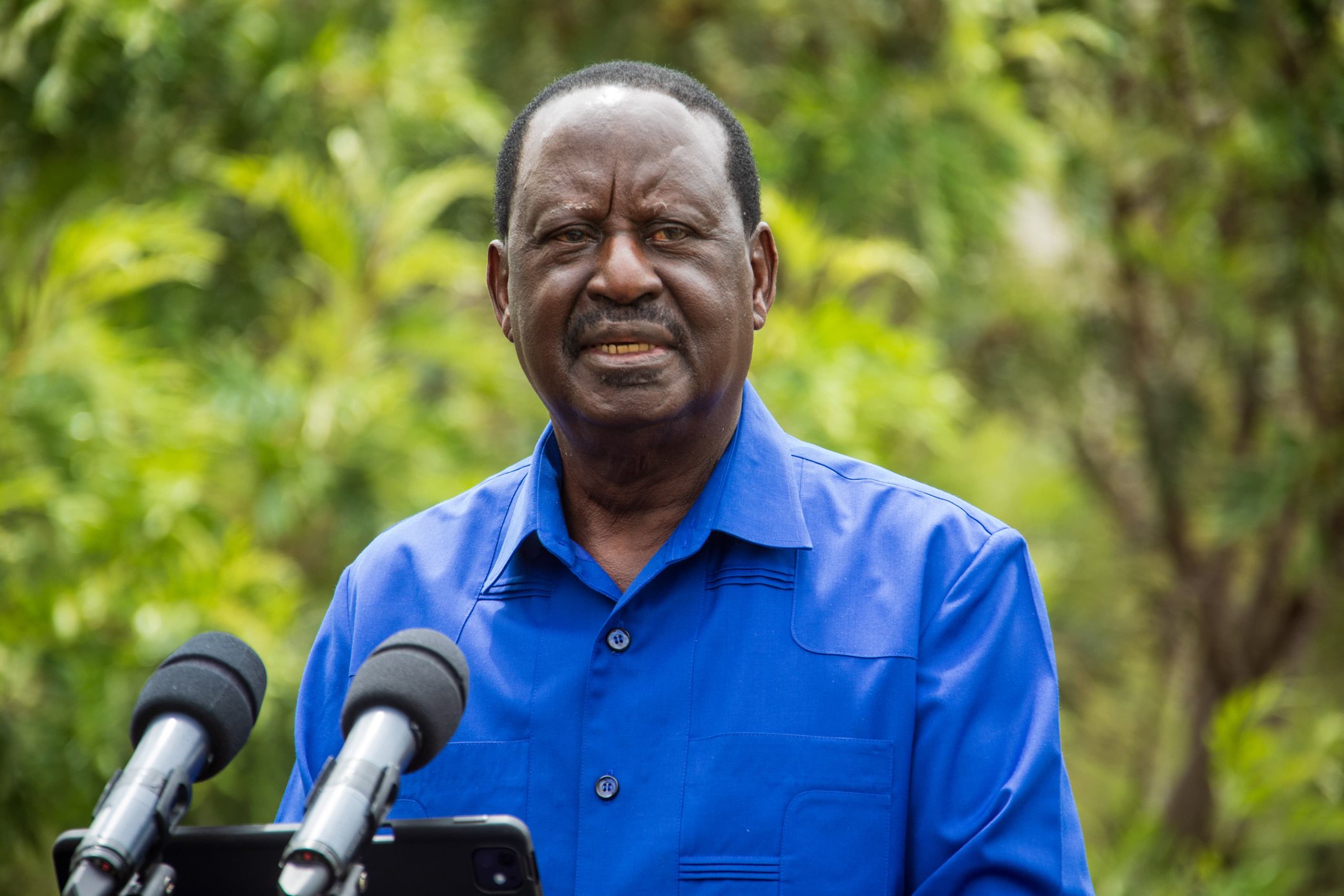Build partnerships to protect endangered wildlife

Kenya has a unique wildlife heritage that, though celebrated globally, faces great risks due to human activities that put communities and wild animals at loggerheads. As a result, rare species such as the mountain bongo face the real and present danger of extinction unless urgent action is taken now to ensure they are bred in a controlled environment before they are rewilded.
To make this possible, it is crucial for public institutions, such as the Kenya Wildlife Service and the Kenya Forestry Service to partner with investors and Kenyans of goodwill to ensure that endangered species are protected and those facing extinction are replenished through targeted interventions.
And this is where corporate citizens, individuals and business leaders can plug in through philanthropic initiatives. The Treasury can also make a major contribution by giving tax incentives to individuals and organisations that take up such worthy causes that will ensure that Kenya’s unique wildlife offerings are protected for posterity. That is why organisations such as the Mount Kenya Wildlife Conservancy ought to be studied as a benchmark on how public-private partnerships can create synergy in wildlife conservation efforts.
It would be lamentable to allow rare species found within our borders to become extinct under our watch, yet part of our responsibility as citizens is to be custodians of the wealth that our forebears bestowed on us. We must, therefore, demonstrate that we are true and worthy custodians of our heritage, not just by paying lip service to the important work that needs to be done but also by rolling up our sleeves and putting in the work.
Countries like Rwanda have made commendable strides in this direction with the work done in conserving the mountain gorilla, which have put the country on the world tourism work, earning Rwanda top dollar as a result. There is nothing stopping us in Kenya from learning from such success stories to restore our environmental heritage and rally people from across the globe to support such efforts either through tourism or philanthropy.
While at it, it would also pay great dividends to teach young Kenyans about the value of conserving the environment and inculcating in them the values of stewardship so that they too can become custodians of our national heritage. This can be done through school trips and education tours, congresses, essay writing competitions and other activities that engage the young. Having said that, it is worth highlighting that public institutions such as the National Museums of Kenya are partnering with private sector players, such as the Tafaria Castle and Centre for the Arts, to achieve this noble goal.
And since the Ministry of Tourism has embarked on an ambitious campaign to ramp up the numbers of local and foreign tourist arrivals, it ought to be at the forefront of supporting such initiatives. With the ongoing budgeting cycle coming to the final stages, it will be critical for the ministry to ensure that it puts its mouth where its money is by lobbying the National Assembly to allocate sufficient funding to support such undertakings. The donor community can also be roped in to support community-based programmes. Commendably, this is happening in parts of Laikipia County and there is nothing to stop other regions across the country from borrowing a leaf so that they too can help in diversifying the quality and variety of tourism offerings.
The mountain bongo conservation programme is just one example of what has and can be done. But it would be great if the model can be replicated with other species as well.
-The writer is the Editor-in-Chief of The Nairobi Law Monthly and Nairobi Business Monthly; Mbugua@nairobilawmonthly.com-















